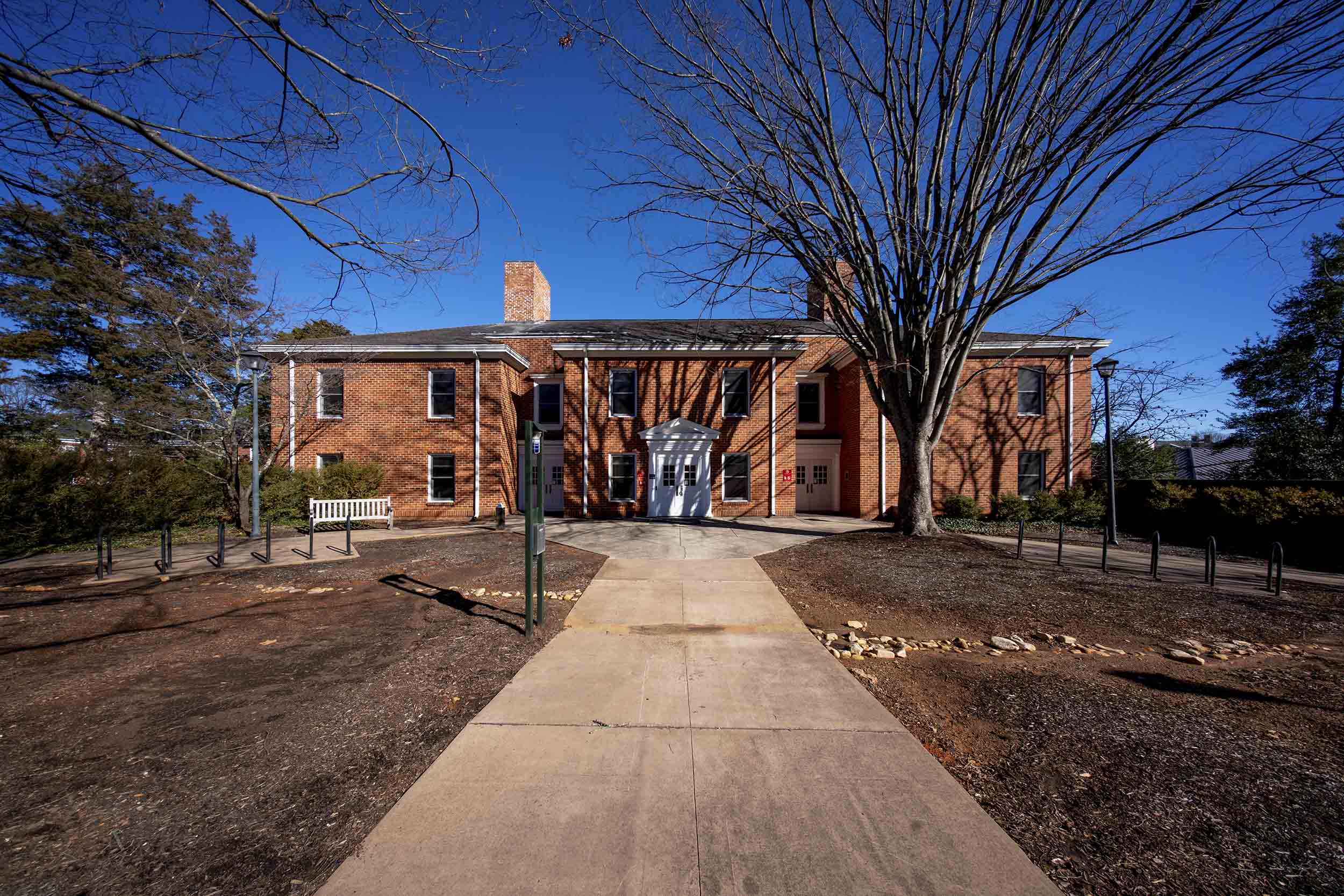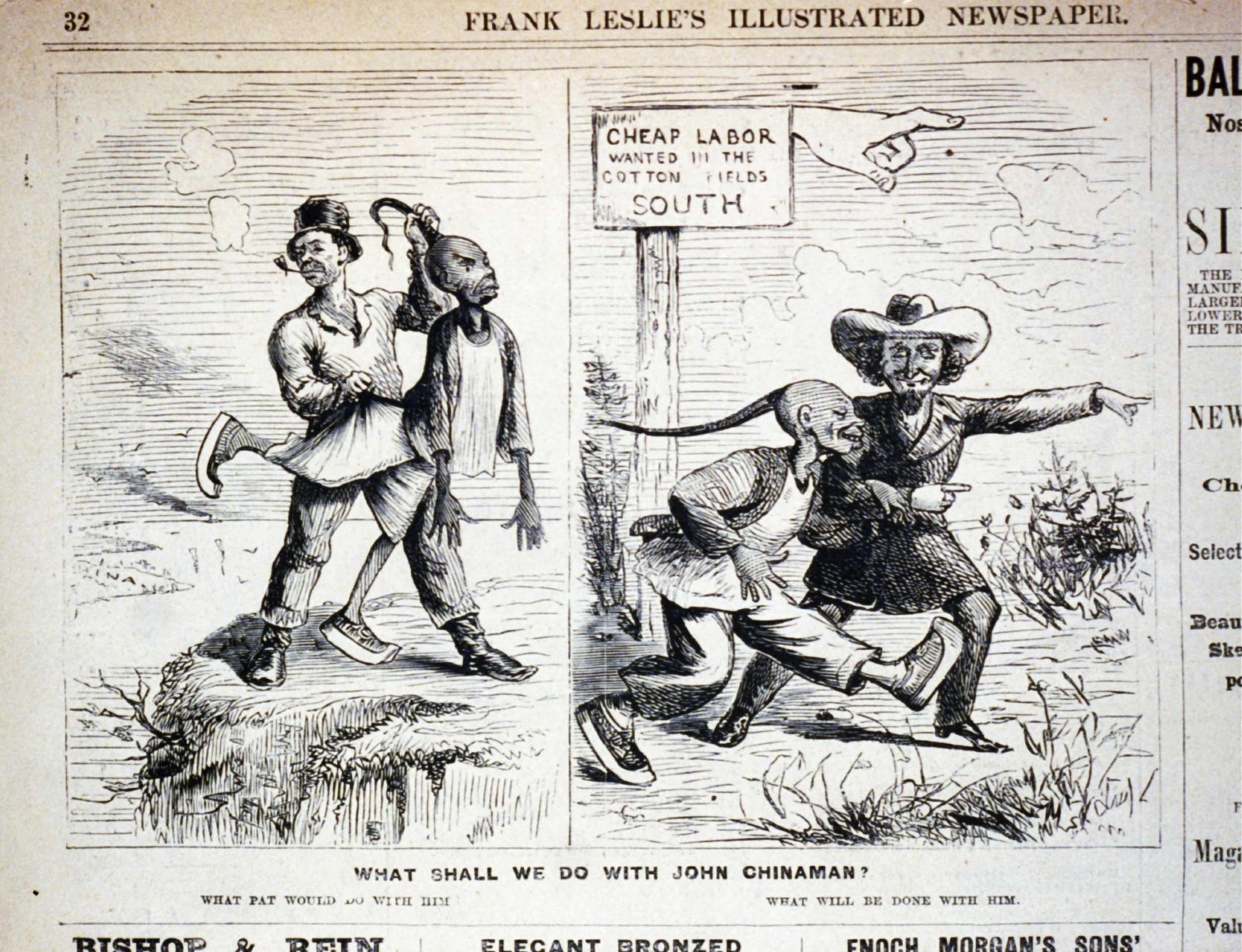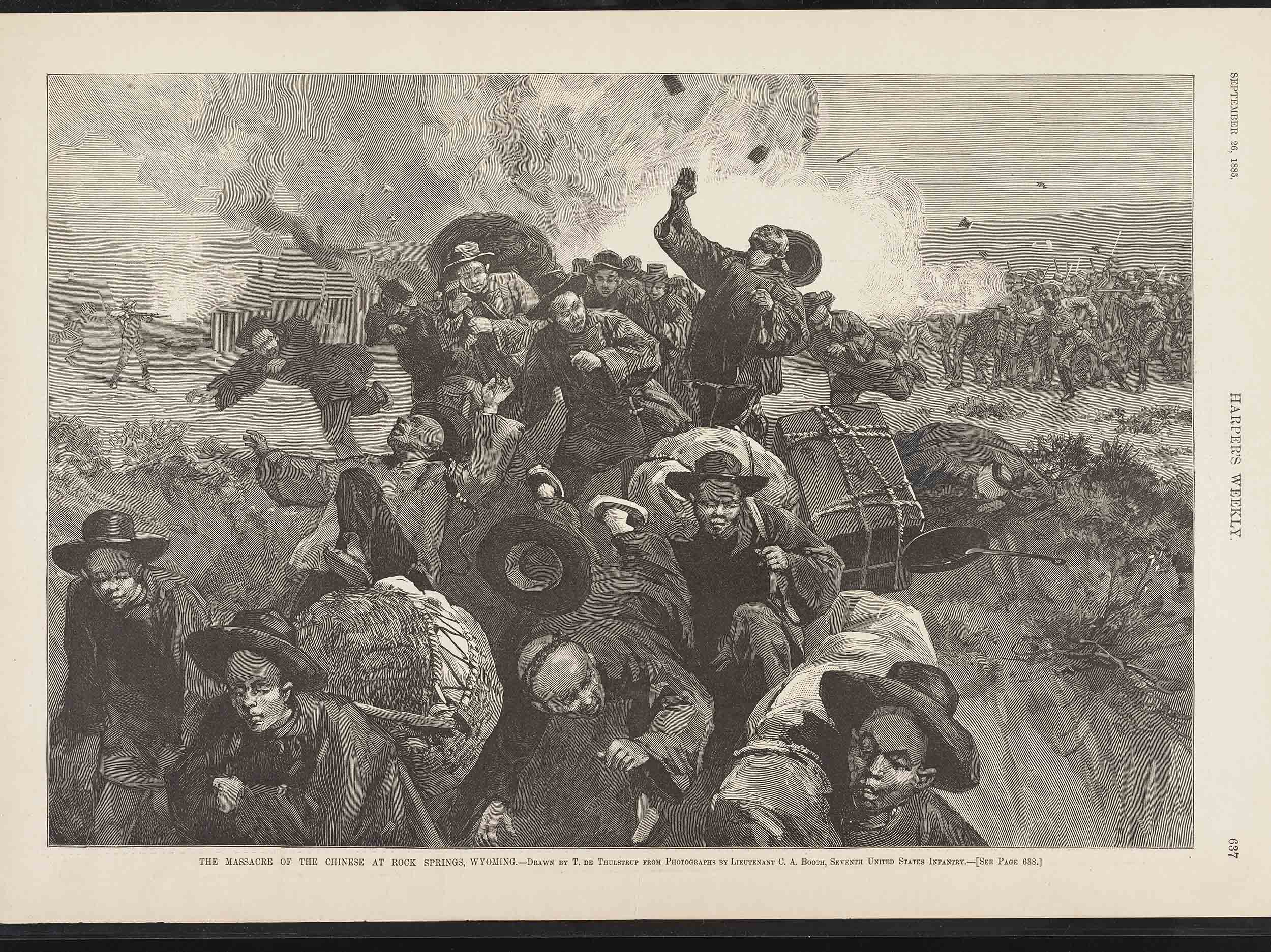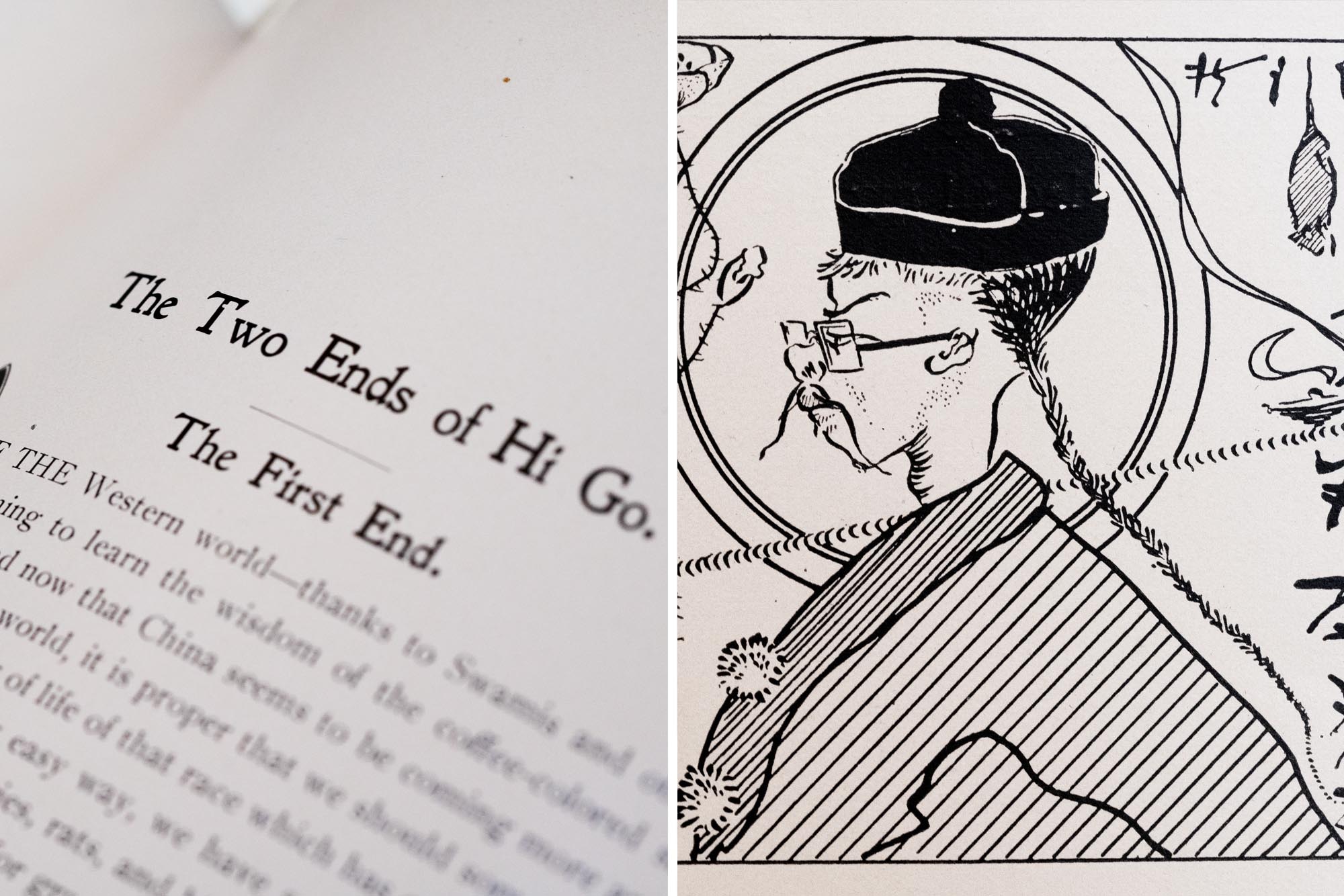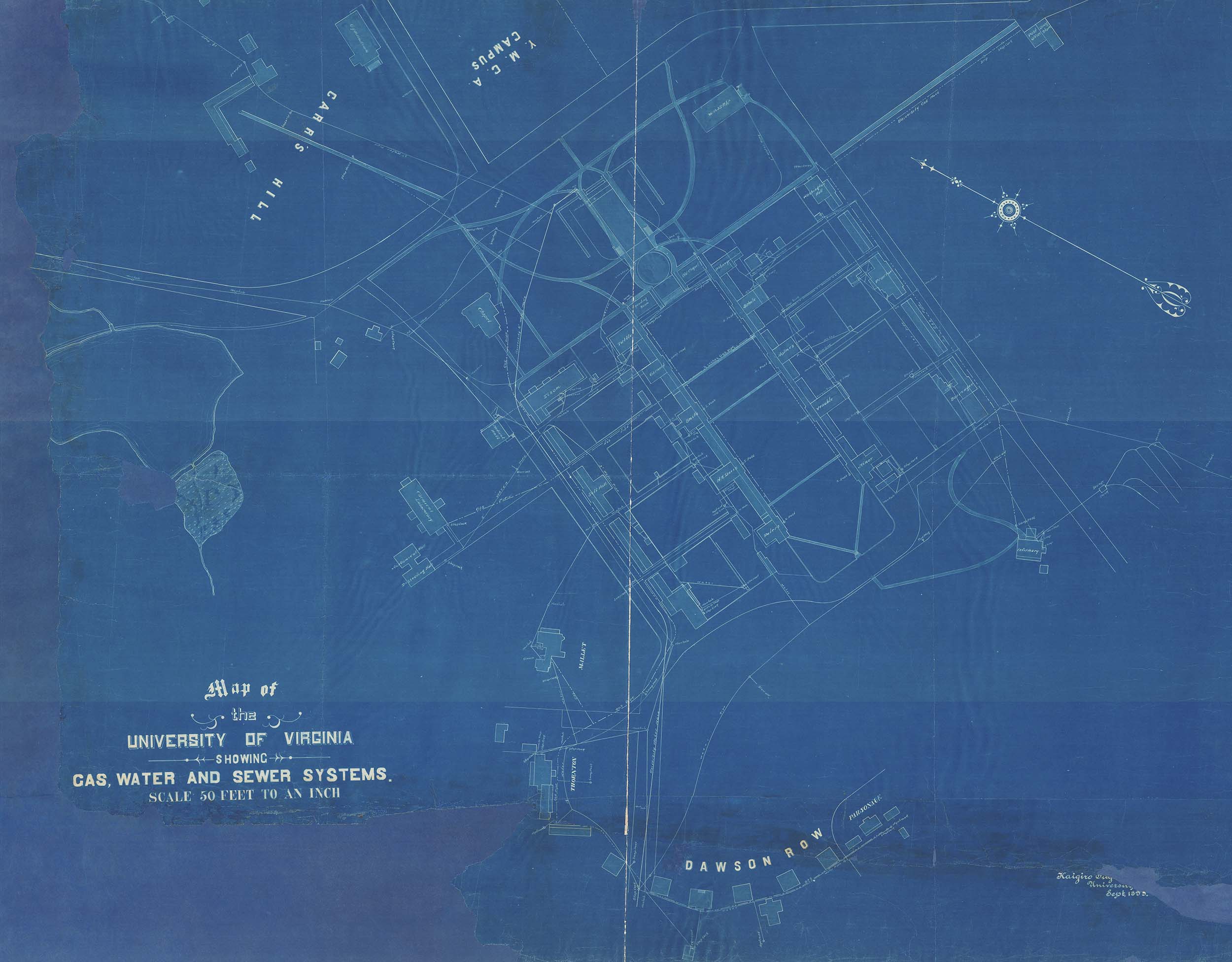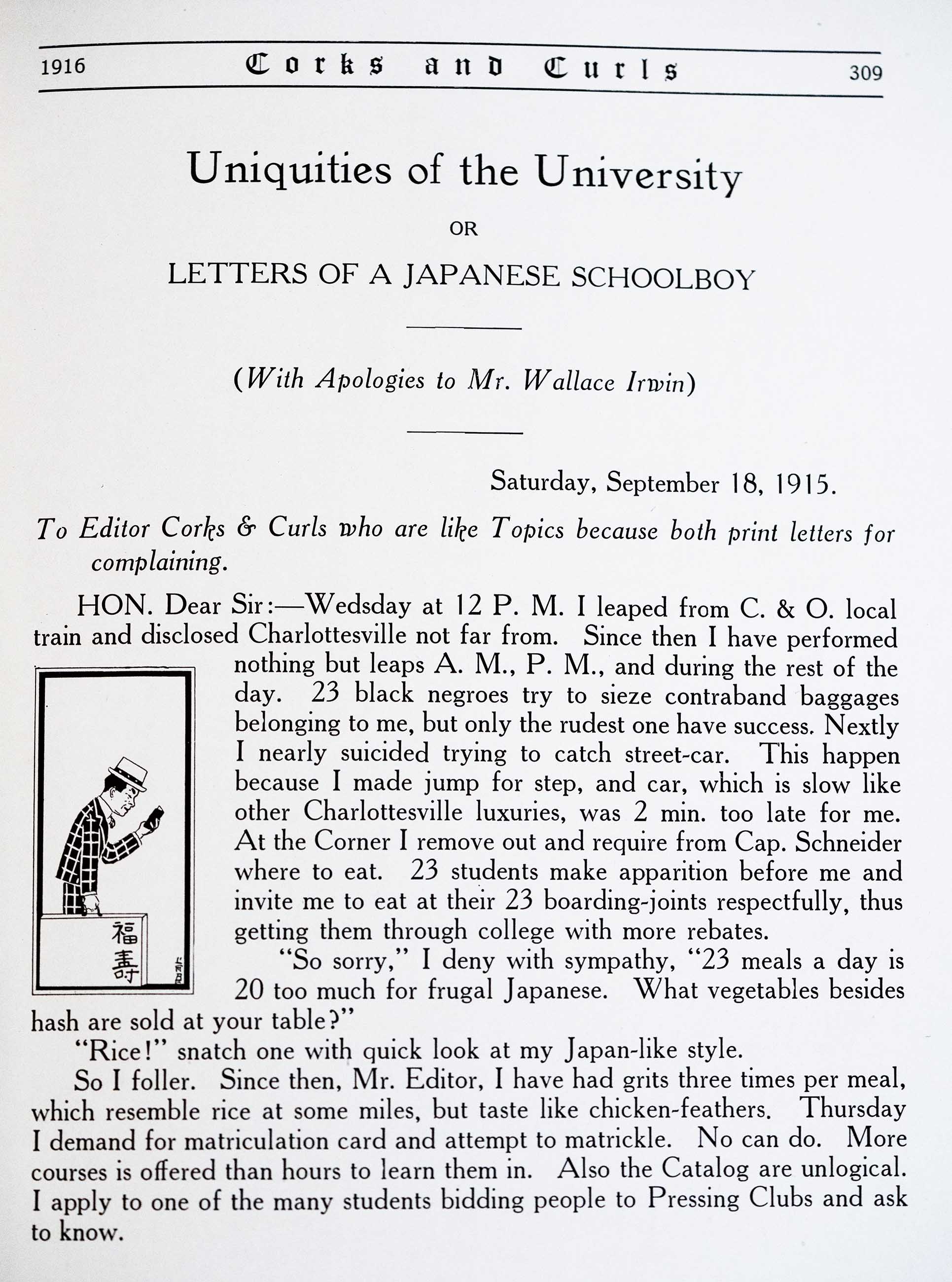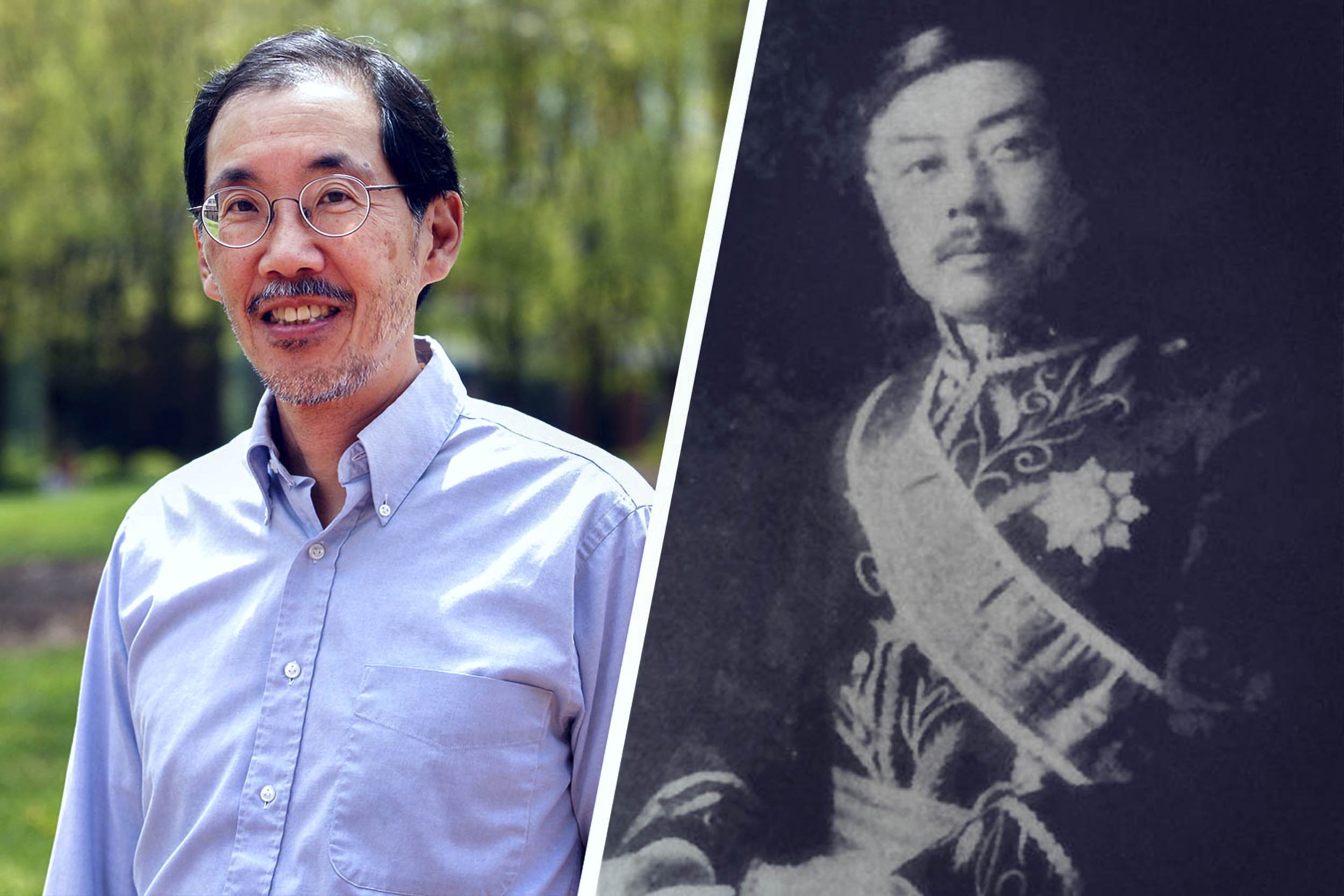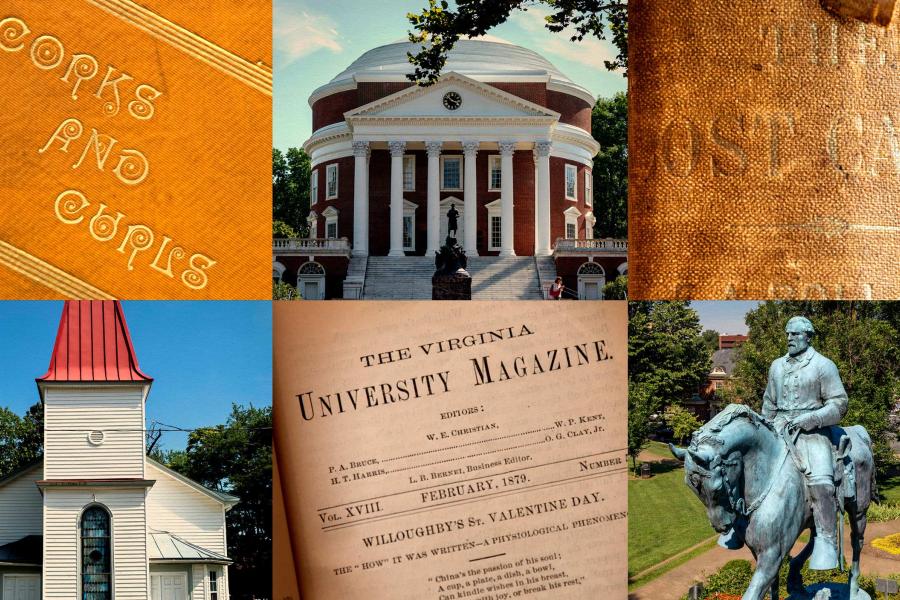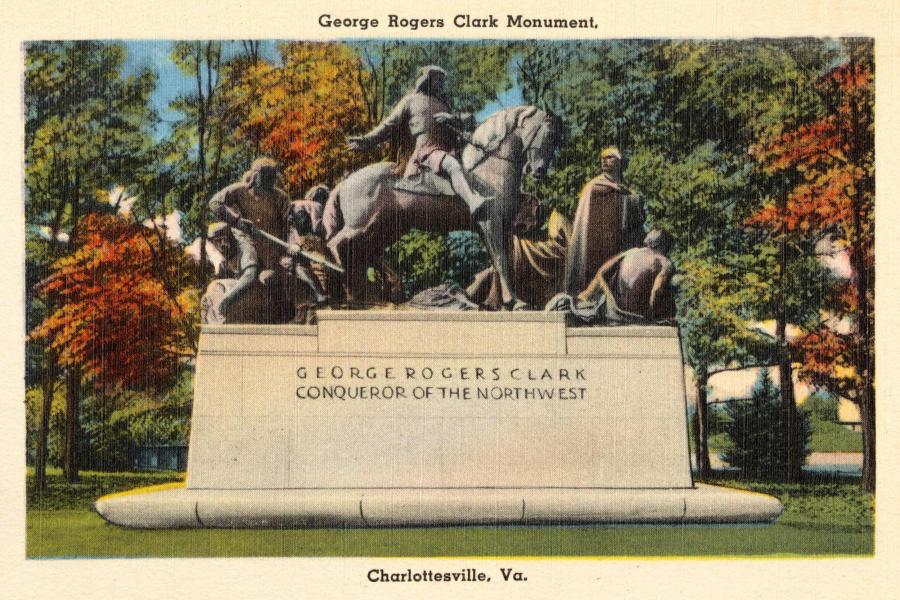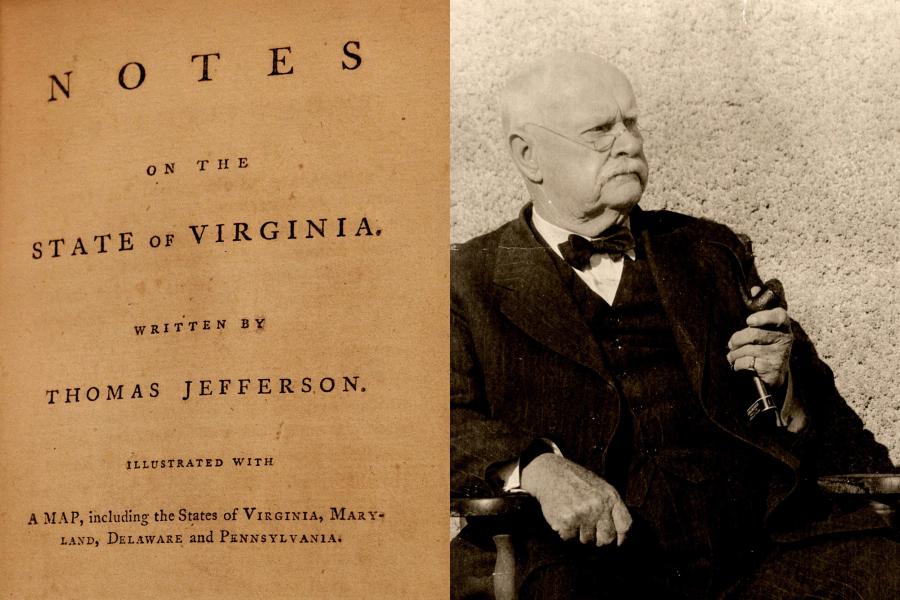__________________________
Notes
1. Mia Tuan, Forever Foreigners or Honorary Whites? The Asian Ethnic Experience Today (Newark, N.J.: Rutgers University Press, 1999).
2. Plessy v. Ferguson, 1896, 163 U.S. 537, 561
3. Ronald Takaki, Strangers from a Different Shore: A History of Asian Americans, revised ed. (Boston: Little, Brown, and Company, 1998).
4. “Coolies as a Substitute for Negroes,” Debow's Review, Vol. 2, Issue 2, Aug 1866, pp. 215-217. See also the political cartoon “What Shall We Do with John Chinaman?”, Frank Leslie’s Illustrated Newspaper, 25 September 1869, p. 32, https://www.loc.gov/pictures/resource/cph.3b48686/
5. Data derived from “Table A-1. Race and Hispanic Origin for the United States: 1790 to 1990,” “Table C-10. Asian and Pacific Islander, for the United States, Regions, Divisions, and States: 1900 and 1910,” and “Table 61. Virginia - Race and Hispanic Origin: 1790 to 1990,” from Campbell Gibson and Kay Jung, Historical Census Statistics on Population Totals by Race, 1790 to 1990, and by Hispanic Origin, 1970 to 1990, for the United States, Regions, Divisions, and States, Working Paper No. 56, U.S. Census Bureau (September 2002), < https://census.gov/content/dam/Census/library/working-papers/2002/demo/POP-twps0056.pdf>.
6. W.W. Yen, East-West Kaleidoscope, 1877-1946: An Autobiography (New York: St. John’s University Press, 1974).
7. Scott D. Seligman, The Third Degree: The Triple Murder That Shook Washington and Changed American Criminal Justice (Lincoln: Potomac Books, an imprint of the University of Nebraska Press, 2018).
8. The queue (sometimes spelled cue) was a hairstyle from Manchuria that was worn by men during the Qing Dynasty (1644-1912). The front portion of the head was shaved, with hair toward the back grone long and braided.
9. Wong Kai Kah, “A Menace to America’s Oriental Trade,” The North American Review 178.568 (March 1904), 418-19.
10. Henry George, “The Chinese in California,” New York Tribune, 1 May 1869, reprinted in Major Problems in Asian American History: Documents and Essays, ed. Lon Kurashige and Alice Yang Murray (Boston: Houghton Mifflin Company, 2003), 99
11. The offending phrase, “little brown brothers,” is taken from Lewis Mattison, "Pacific Letter," in University of Virginia Cavalier (November 1930), 21.
12. See the blog Inside the Classroom: UVA School of Law for a feature on Professor George Yin, < https://uvalawteach.tumblr.com/post/148495366283/professor-george-yin-grew-up-in-new-york-city-on>. See also Eric Williamson, “Professor George Yin Finds Unexpected Family Ties to World Figure, UVA’s Past,” University of Virginia School of Law, News and Media, 11 April 2018, <https://www.law.virginia.edu/news/201804/professor-george-yin-finds-unexpected-family-ties-world-figure-uvas-past>
13. Personal interview with George Yin, March 26, 2019.
14. As of this writing, there has been a recent spate of killings, assaults, and robberies of Asian Americans in California and New York. See N’dea Yancey-Bragg, “ ‘Stop Killing Us’: Attacks on Asian Americans Highlight Rise in Hate Incidents Amid COVID-19,” USA Today, 11 February 2021, https://www.usatoday.com/story/news/nation/2021/02/12/asian-hate-inciden...
15. Nik Popli, “Chinese International Student Reports Attempted Assault at U.Va.,” Cavalier Daily, 12 March 2020,
16. For more on the history of the model minority myth and racial triangulation, see Kat Chow, “ ‘Model Minority’ Myth Again Used As a Racial Wedge Between Asians and Blacks,” Code Switch: Race and Identity Re-Mixed, NPR.com, 19 April 2017, https://www.npr.org/sections/codeswitch/2017/04/19/524571669/model-minority-myth-again-used-as-a-racial-wedge-between-asians-and-blacks

